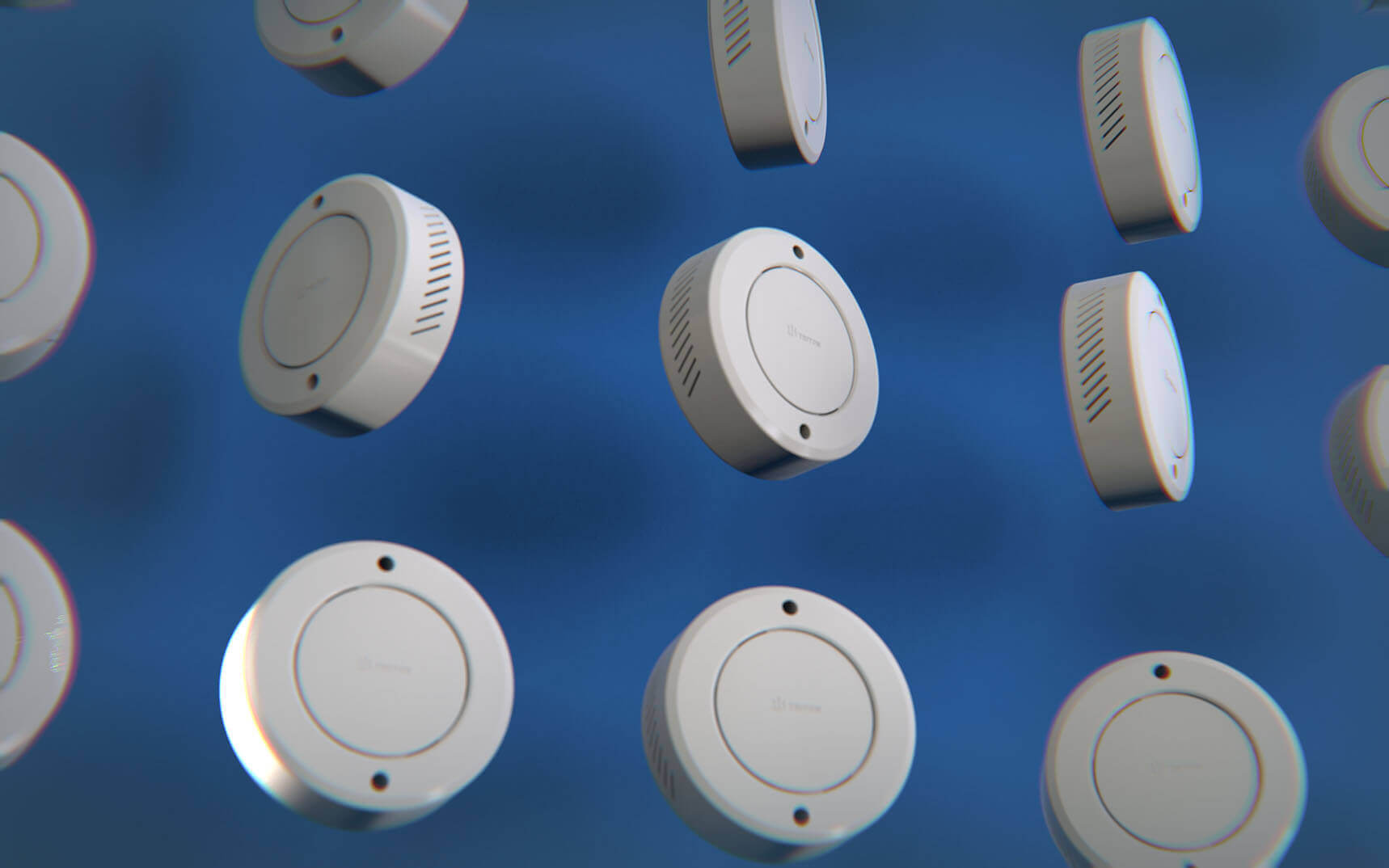A few years ago, e-cigarettes seemed to be unstoppable in schools. Students would go to bathrooms in between classes, and flavored nicotine and THC vapors did not leave a trace. Administrators and teachers were left powerless until districts began to turn to the latest line of defense: the vape detector.
Today, schools across the country have reported major successes, showing just how transformative this technology could help in tackling the issue of vaping.
A Case Study: Reducing the amount of vaping by 83% over 10 Weeks
Luling Independent Schools District experienced a major vaping issue. Despite numerous warnings and more strict rules, students continued smoke in lockers and bathrooms rooms. Smoke alarms aren’t effective against the vapor. Staff couldn’t be everywhere.

To test the system for the district, they installed vape detectors in the schools during March. The results were quite impressive. In just five weeks smoking, vaping rates had declined dramatically. After 10 weeks, vaping had dropped by 83%.
The success of administrators exceeded the figures. Teachers reported fewer disruptions, and students realized that smoking cigarettes would not go unnoticed.
Match Charter Schools also enjoy similar success
Another notable example comes from Match Charter Schools, which struggled with both high and middle school smoking. When they put up a set of smoke detectors for vapes in August, the result was evident immediately.
Administrators said that weekly incidents of vaping decreased by 80% in December. Parents applauded the school’s tangible measures to protect their children, while teachers noted a reduction in louts in the hallways aswell in bathroom crowding.
Both districts are part of a growing trend. Schools that adopt vape detection experience measurable improvements both in behavior and safety.
What is it that makes vape detectors efficient?
This technology is at the heart of this success. Modern vape detectors can’t just detect vapor, they also monitor the quality of air, monitor occupancy and send real-time notifications to employees. Administrators no longer need to rely upon guesswork or reports basing their decisions on information that has been gathered later.
In addition is that detectors are made with the privacy of the user in mind. No cameras. No audio recording. No audio recordings. Just instant, accurate information to aid schools in implementing swiftly and without violating student’s rights.
The combination of efficiency as well as compliance, makes vape detectors the most effective safety tool schools can apply today.
Beyond Vaping: A Wider Safety Net
A lot of administrators know that detectors go beyond smoking prevention. Advanced systems can detect loud noises, keyword triggers linked to emergency situations, and vandalism attempts.
For instance, if a group begins to loiter in a bathroom the detector will detect an unusual amount of people. Staff will be alerted immediately in the event that someone shouts a distress keyword such as “help”. In this way, vape detectors for schools become part of a larger safety strategy one that addresses both health risks and potential violence.
Parents and Boards Support Vape Detectors
Transparency is one of the benefits that’s often left unnoticed. The use of detectors by schools can result in reports that demonstrate clearly the patterns of smoking. These reports are made available to school board members, parents and other community members, giving evidence of the fact that actions are being implemented.
Parents particularly respond positively to the tangible outcomes. A smoke detector for vapes isn’t just keeping students safe, it’s also protecting their health and reinforcing the message that vaping isn’t allowed in schools.
What should you take away You should learn: A well-tested path to follow
In the past, smoking cigarettes seemed like an invisible war that schools could not take on. Research from across the nation show that this is not true. With a device to detect vapes, administrators can quickly spot any incidents and discourage dangerous behavior and create a safer learning environment for students.
The vaping crisis isn’t over yet, but the tide is changing. Schools investing in vape detection technologies don’t just respond to an issue, they’re actively paving the way towards a healthier future.
Conclusion
Schools across Texas and Massachusetts have proven that technology can work. A modern vape detector does more than just sound an alarm it reshapes behavior, builds trust, and offers a long-lasting solution to one of today’s most pressing student health concerns. Vape detectors in schools aren’t an experiment for any district which is concerned regarding student safety. They’re now a standard.